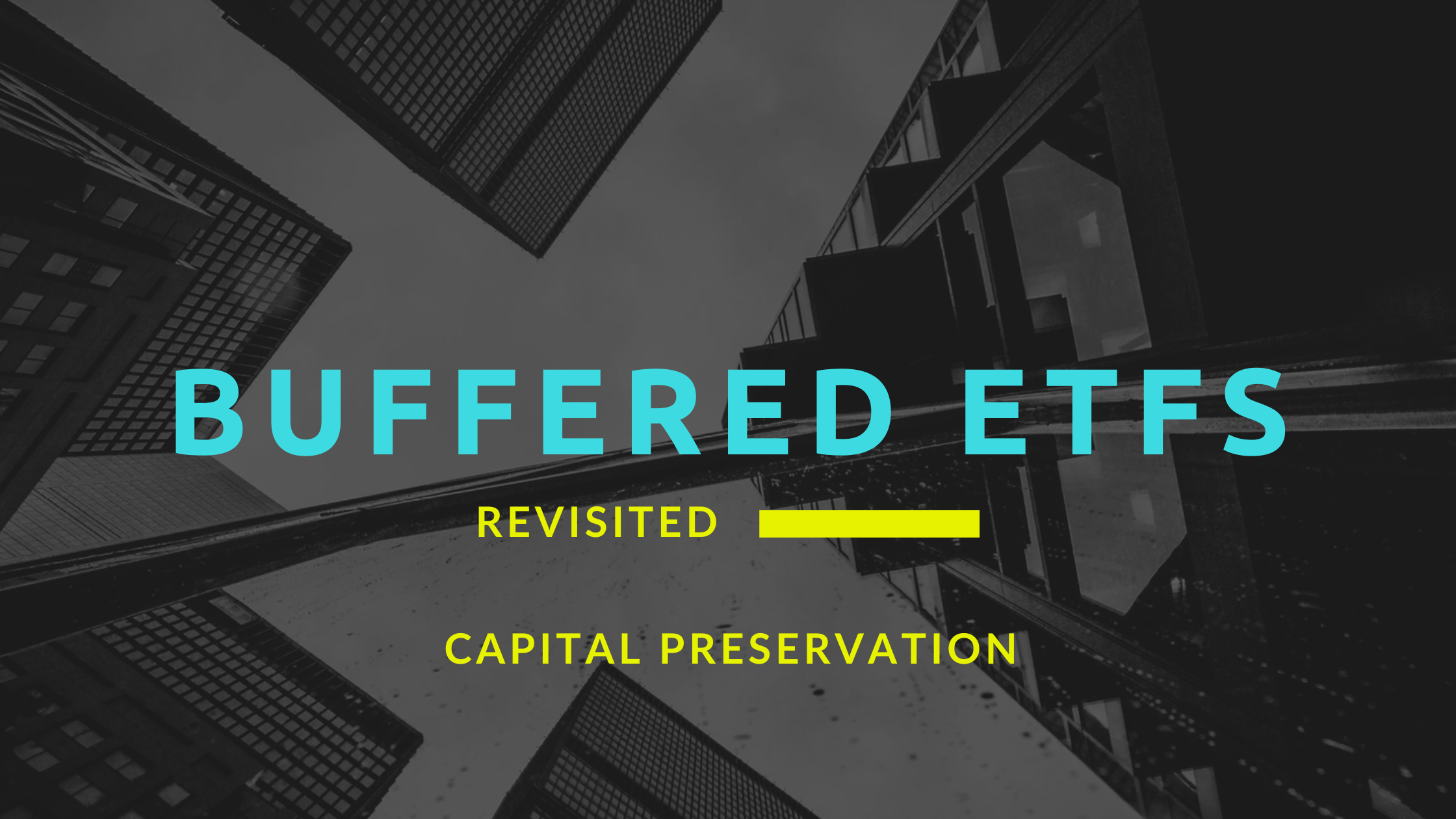
Living Legacy: Integrating Legacy Planning into Your Retirement Strategy | Die with Zero Philosophy
Why Legacy Planning Shouldn't Wait Until Retirement
The concept of legacy often conjures images of wealth transfer after death, but Bill Perkins' groundbreaking book "Die with Zero" transformed my understanding of my own family's approach to wealth sharing. While reading Perkins' insights on creating impact during one's lifetime, I had an unexpected revelation: my father had been practicing these principles all along, though none of us recognized it at the time. This realization sparked a deeper exploration of how we can intentionally create meaningful legacies while we're still here to witness their impact.
Understanding the Die with Zero Philosophy in Practice
While Perkins writes from the perspective of significant wealth, the core principle of intentional wealth sharing during your lifetime resonates across all economic levels. The book advocates for a balanced approach to saving and spending, emphasizing that the true value of money lies in its timely utilization rather than mere accumulation.
Too often, we become caught up in the endless cycle of saving for tomorrow, forgetting that "tomorrow" isn't guaranteed. Perkins challenges readers to think differently about their resources – both financial and time – and consider how they can maximize their positive impact on loved ones and causes they care about during their lifetime.

Generational Legacy Planning: Learning from the Past
My father exemplified practical legacy planning long before it became a trending financial concept. As a classic "millionaire next door," he prioritized strategic wealth distribution that created lasting impact for his children. His approach wasn't flashy or publicized – in fact, it was so subtle that we didn't recognize it as legacy planning until years later.
His method included:
- Fully funding college education for his children, eliminating the burden of student loans that could have hindered our early career progress
- Supporting major life milestones like weddings, allowing us to start our marriages without financial stress
- Facilitating home ownership through private family mortgages, providing us with stable housing and building equity
- Creating opportunities for financial independence through thoughtful guidance and support
At the time, these actions seemed like isolated instances of generosity. It wasn't until reading "Die with Zero" that I understood the intentional strategy behind his choices – a strategy focused on providing support when it could make the most significant difference in our lives.
The Impact of Health on Legacy Planning
In 1994, our family's perspective on time and wealth dramatically shifted when my father was diagnosed with Parkinson's disease. What began with subtle tremors evolved into a thirty-year battle that gradually stripped away his ability to enjoy traditional retirement activities. The disease progressed relentlessly, robbing him of the chance to travel freely, play actively with his grandchildren, or pursue the retirement dreams he had worked so hard to achieve.
This devastating health journey transformed our family's understanding of wealth, time, and legacy. Watching my father's struggle with Parkinson's taught us that health—not just wealth—is a precious and unpredictable resource. While he had successfully created financial security and opportunities for his children, the disease prevented him from fully participating in the legacy he had built.
The experience fundamentally changed how we approach retirement and legacy planning. It highlighted the importance of finding balance between saving for tomorrow and living fully today – a principle that aligns perfectly with the core message of "Die with Zero."
Implementing Your Living Legacy in Retirement Planning
Our family's approach to legacy planning has evolved to integrate several key strategies that reflect both my father's wisdom and the lessons learned from his health journey. We focus on creating impact across multiple dimensions:
Educational Investment
We prioritize education as a cornerstone of our legacy planning, following my father's example but adapting it to modern circumstances:
- Full in-state university funding for our children, recognizing the transformative power of education without debt; we started saving in their 529s when they were born
- Support for continuing education and professional development
- Creating opportunities for practical financial education through real-world experience

Financial Education and Support
Rather than simply providing money, we focus on teaching financial literacy and responsibility:
- Implementing matching investment programs that encourage regular saving habits
- Teaching long-term financial planning through practical experience
- Encouraging responsible wealth management while maintaining independence
Experience-Based Legacy Planning
Learning from my father's inability to enjoy his retirement years fully, we prioritize creating meaningful experiences:
- Regular family vacations that create lasting memories
- Shared activities that strengthen family bonds
- Cultural experiences that broaden perspectives and understanding

The Modern Approach to Legacy and Retirement Planning
Today's retirement planning requires a more nuanced approach than traditional models suggest. We've found success in:
Balanced Resource Allocation
Instead of following my father's more austere approach, we've adopted a middle ground that allows for both current enjoyment and future security. This means making thoughtful choices about where we spend and save, like sharing a single car while working from home but investing in experiences that matter.
Strategic Wealth Sharing
Our investment-matching program for adult children demonstrates how legacy planning can evolve with changing times. For every monthly investment up to $100 in their brokerage accounts, we provide 100% matching—encouraging both independence and financial responsibility. This approach has proven successful, with no withdrawals to date, suggesting our children understand the value of long-term financial planning.
The Bottom Line: Your Living Legacy Strategy
Creating a living legacy doesn't require extreme wealth—it requires intentional planning and recognition that time, not just money, is a finite resource. My father's journey, from his conscious wealth-sharing decisions to his battle with Parkinson's disease, combined with the principles outlined in "Die with Zero," has shaped our family's approach to legacy planning.
Consider how you might begin building your living legacy today. Whether through educational support, shared experiences, or financial guidance, the most valuable legacy may be the one you create and share during your lifetime. Remember: A well-planned retirement strategy should include not just financial security, but also the joy of sharing your success with those you care about most.
The greatest lesson I've learned from both my father's example and "Die with Zero" is that the true value of wealth lies not in its accumulation, but in its thoughtful distribution during our lifetime. By sharing our resources – both financial and personal – while we can actively participate in their impact, we create a living legacy that enriches both our lives and those of our loved ones.
To be clear, the goal isn't to literally die with zero assets – attempting to precisely calculate your lifespan and perfectly account for all future expenses for yourself and your spouse would be both impractical and risky. Instead, consider allocating a portion of your intended legacy for sharing during your lifetime. The joy and fulfillment of witnessing the positive impact of your generosity might just lead to a longer, more meaningful life.
This blog post is intended for educational and informational purposes only. The views expressed are solely those of the author and do not represent professional financial advice. While every effort has been made to ensure the accuracy of the information presented, it should not be relied upon as a substitute for individualized advice from a qualified financial advisor. Financial decisions are complex and personal, and readers are strongly encouraged to conduct their own due diligence and seek professional guidance before making any investment or financial planning choices.
- Chris Maggio, Founder, Retirement Planning Partner, Kirkland, WA—providing fee-only retirement planning to clients in Seattle and across the US.




